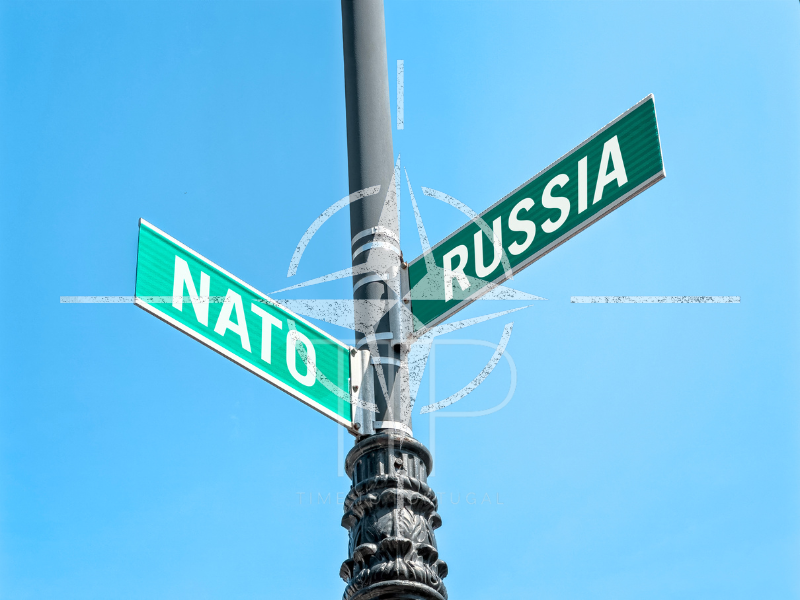Trump’s threats to NATO bring uncertainty to the alliance: find out which countries aren’t meeting their targets (and Portugal is among them)
Donald Trump’s threats against NATO have thrown the Atlantic alliance into a climate of uncertainty, prompting debate among the various political leaders on how to deal with another election campaign for the White House that promises to be divisive.
At a campaign rally in South Carolina on Saturday, the former US president – who throughout his first term criticized NATO allies for failing to meet the alliance’s spending targets – suggested letting Russia attack any country that belongs to the Atlantic alliance and has lower than expected contributions to the political-military organization or investment in defence.
Trump’s threats drew a variety of reactions, with Jens Stoltenberg, NATO’s secretary-general, warning that the remarks “put American and European soldiers at increased risk”. President Joe Biden described his rival’s criticism as “terrible and dangerous”.
But despite all the indignation, the former US president has some grounds for criticism. The majority of NATO nations – 19, according to the alliance’s own count in July 2023 – still fail to spend 2% of GDP on their armed forces, despite having agreed the target at the 2014 Wales summit.
Those who have so far met and exceeded the target are Poland (3.9%), the US (3.49%), Greece (3.0%), Estonia (2.73%), Lithuania (2.54%), Finland (2.45%), Romania (2.44%), Hungary (2.43%), Latvia (2.27%), the UK (2.07%) and Slovakia (2.03%).
In July 2023, those still below the target were France (1.9%), Montenegro (1.87%), North Macedonia (1.87%), Bulgaria (1.84%), Croatia (1.79%), Albania (1.76%), the Netherlands (1.7%), Norway (1.67%), Denmark (1.65%), Germany (1.57%), Czech Republic (1.5%), Portugal (1.48%), Italy (1.46%), Canada (1.38%), Slovenia (1.35%), Turkey (1.31%), Spain (1.26%) and Belgium (1.26%).
Luxembourg spends the least, at 0.72% of GDP, although, given its exceptionally small size, it has its own target of spending 2% of gross national income on its armed forces. Iceland does not have its own armed forces, so it is not included in the figures.
Related article: A strategic Portuguese port is in the sights of the American army
Interesting read: NATO is resourced through the direct and indirect contributions of its members.

